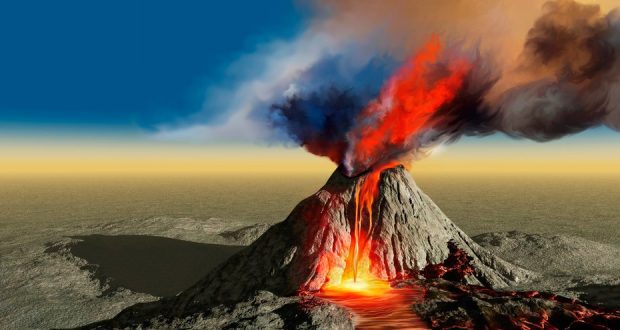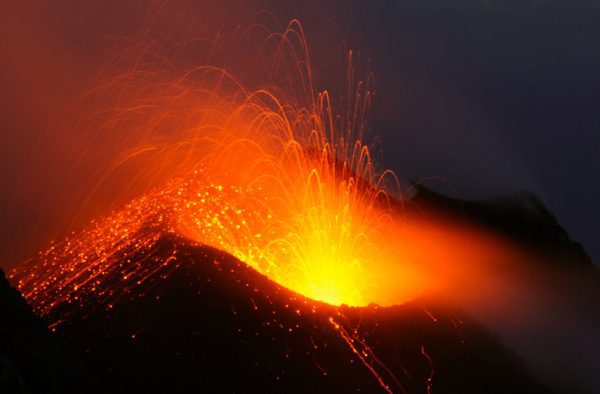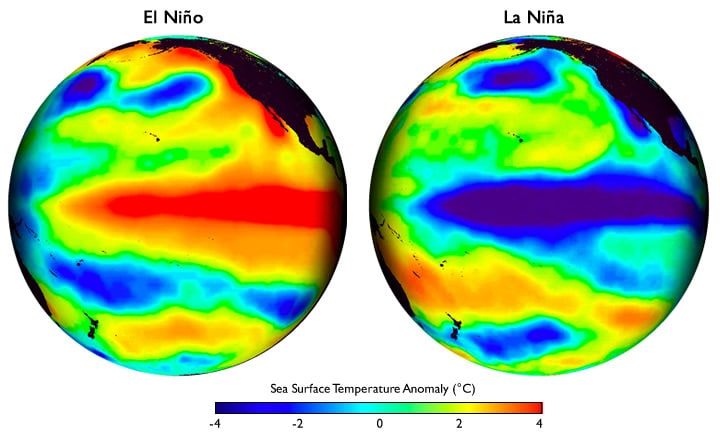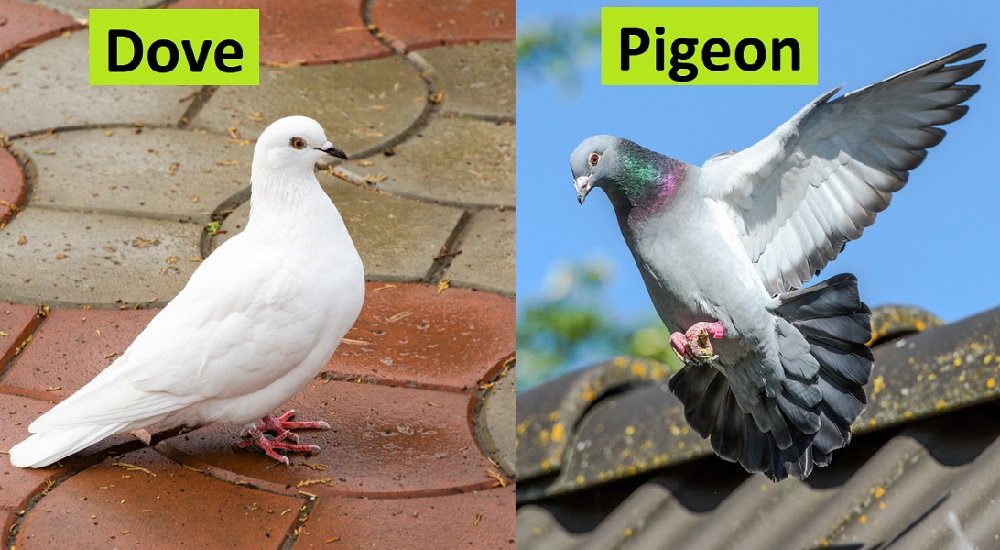5 Differences Between Lava and Magma
One of the biggest misconceptions regarding vulcanism is related to the difference between lava and magma. Both of them are molten rock and they both have to do with volcanoes, so why the distinct names?
Well, because although they are, indeed similar, lava and magma are not one and the same thing. Let’s have a closer look at each to see exactly why.
Lava
Lava is the name given to the molten rock ejected by volcanoes during eruptions. When it is first expelled through a volcanic vent, the rock is liquid and can reach temperatures between 1300 and 2200 degrees F (700-1200 degrees C). Read the difference between Celsius and Fahrenheit.
While lava is hundreds of thousands of times more viscous than water, it is able to flow great distances before it cools down and solidifies, thanks to its sheer thinning quality.
Lava can be classified in multiple categories, depending on its composition and viscosity. Most types of lava contain mostly silicate minerals, such as olivine, feldspars, micas, amphiboles, pyroxenes and quartz.
Magma

Magma is a molten rock combined with solids and volatiles (chemicals that have low boiling points) that lies beneath Earth’s surface and is known to be present on some natural satellites and other planets as well.
Magma may also contain dissolved gas, suspended crystals, and even gas bubbles, besides molten rock. This molten rock mix may collect in magma chambers and feed volcanoes, turning into lava once it surfaces, or it can slowly cool and solidify under the Earth’s surface and create an intrusion (or a pluton).
Magma can usually reach temperatures between 1300 and 2400 degrees F (700-1300 degrees C), but, very rarely, it can even go up to 1600 C or as low as 600 C.
Recommended for You:
Difference between Lava and Magma: A Table
Now that you understand the two types of molts better, let’s put them side by side to see exactly how lava and magma differ. Check out the table below:
Lava |
Magma |
|
|
|
|
|
|
|
|
|
|
Did you like our article about the differences between magma and lava? Subscribe to learn more things about Earth, geology, biology and many other topics.







